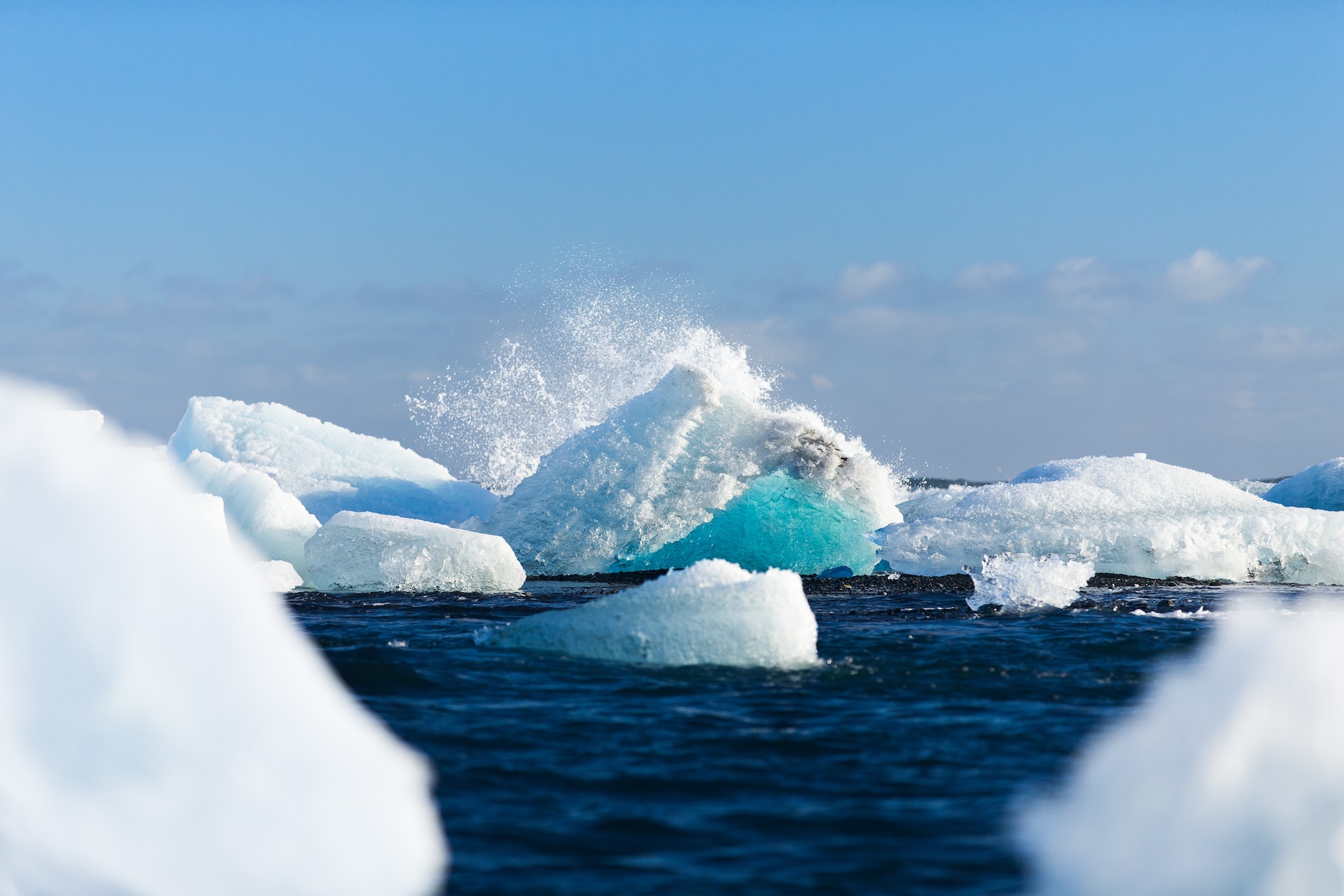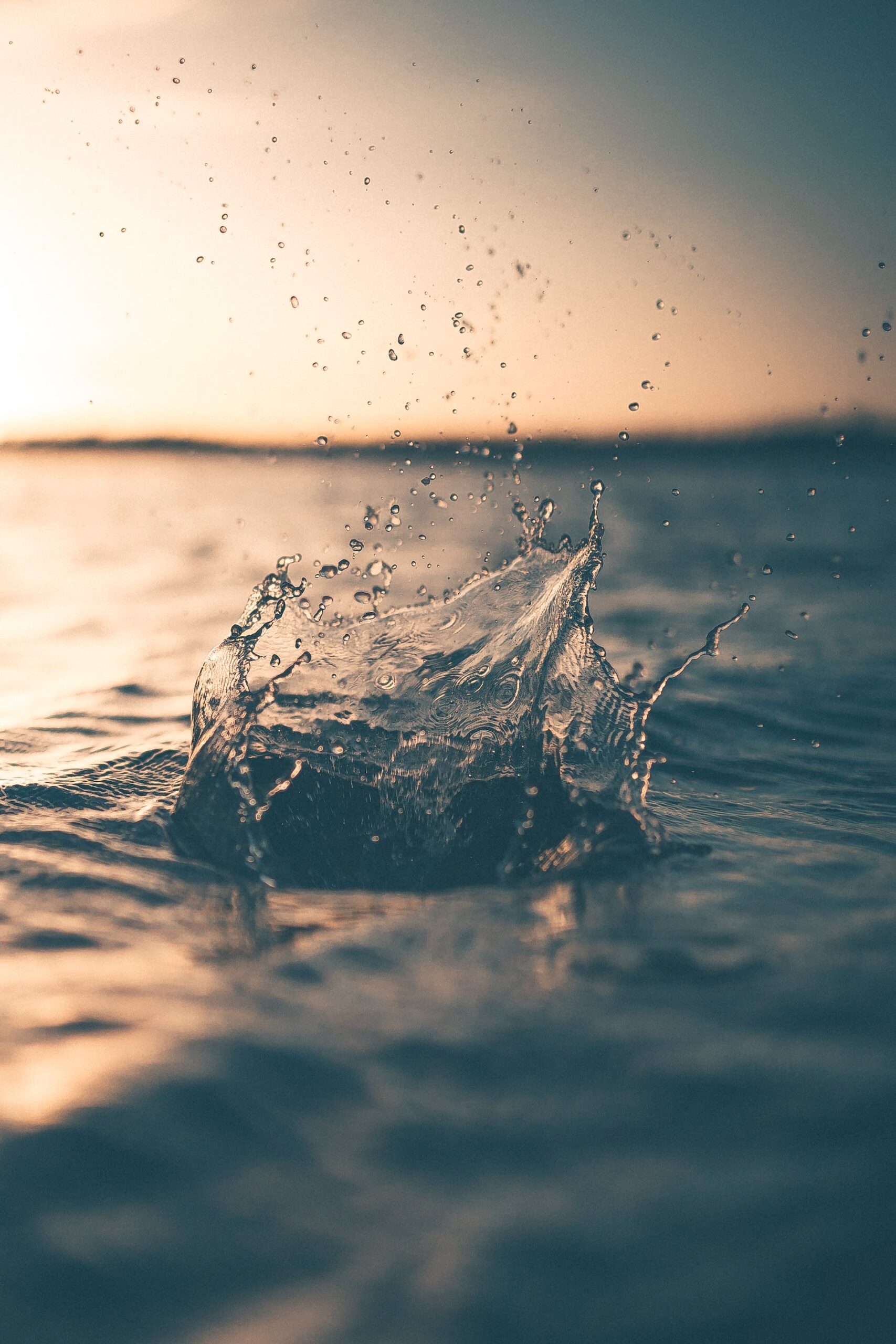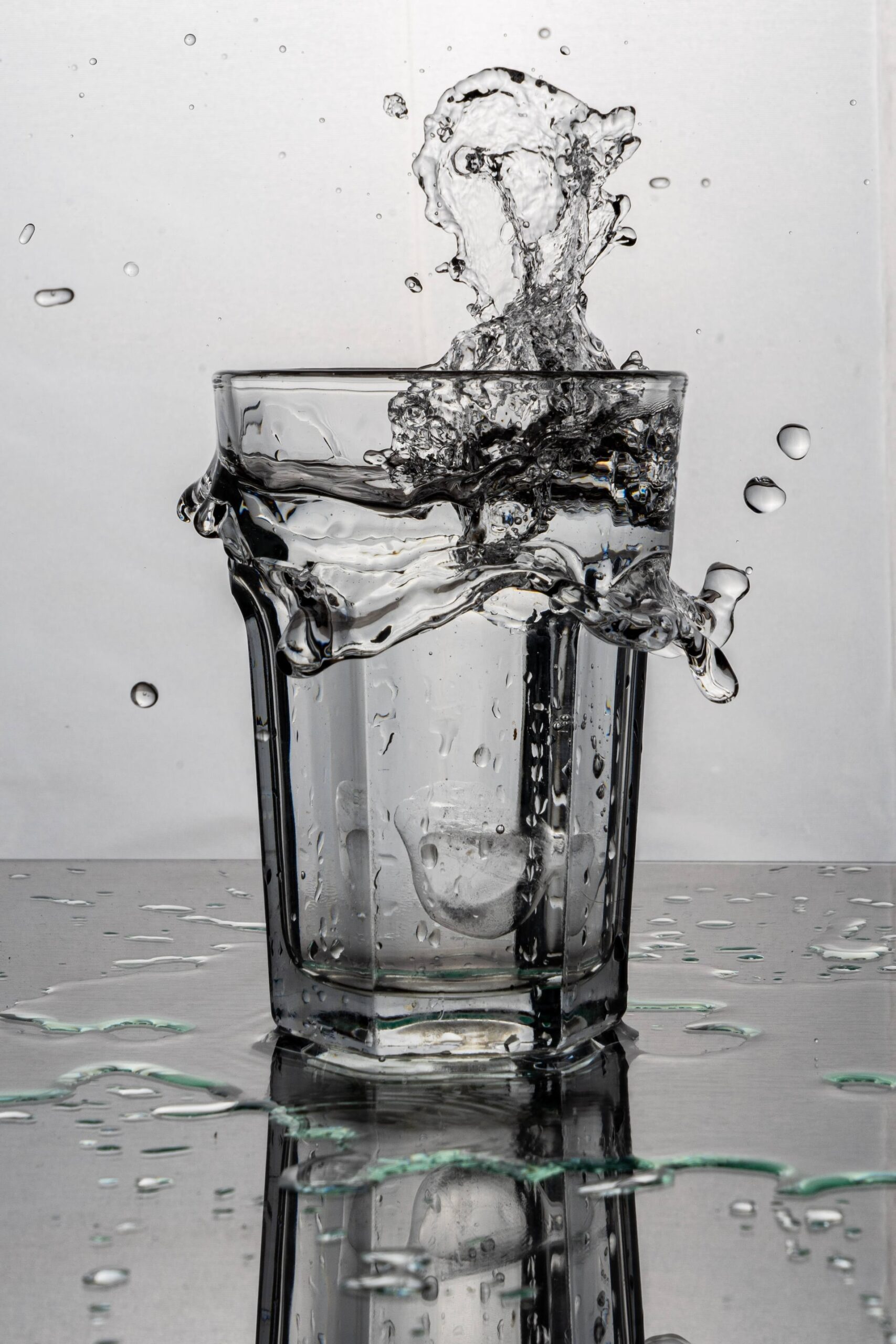Water is the source of life for the planet. Water is everywhere, it makes up the atmosphere, the majority of the planet’s surface is covered with water, and the bodies of nearly all life forms depend on water in some way. We need water, and we drink it every day. We rely on water so much that a question may be asked, just where does our water come from? There are many solutions to transporting water, but beyond that: How did the water get here?
We don’t drink just any water. Drinking water is an essential amenity for daily living, but if it is poorly prepared, it can be a dangerous element. Contaminants can stay active in water and be difficult to remove even through filtering or boiling. To find the purest water, we don’t look up to where it falls, we look down to where it’s stored, deep beneath the earth in a pure state where it stays preserved for thousands of years.
Ice Cold from the Ice Age
 There are many ways for people to procure water, and one of the soundest methods across the world is through wells drilled into aquifers. An aquifer is any porous rock capable of retaining water from above ground through various channels. The aquifer can supply streams, springs and be tapped into with wells. The shallower the well, the newer the water. And the newer the water, the more “pure” it is. It hasn’t had time to absorb much in the way of nutrients or minerals.
There are many ways for people to procure water, and one of the soundest methods across the world is through wells drilled into aquifers. An aquifer is any porous rock capable of retaining water from above ground through various channels. The aquifer can supply streams, springs and be tapped into with wells. The shallower the well, the newer the water. And the newer the water, the more “pure” it is. It hasn’t had time to absorb much in the way of nutrients or minerals.
Mineral water is any water with a significant portion of mixed elements, essential metals or nutrients which it has seeped from the groundwater it collected in over many years. However, truly premium mineral water does not come from the surface, from streams or creeks, and it’s not basic groundwater mixed with some extra vitamins. Pure mineral water comes from far deeper, where the water has been aged long enough to take in a lot of minerals over tens of thousands of years or more.
The deeper you look, the older the water is. Water that has existed and been stored since the Ice-Age. This period began nearly 2.4 million years ago and ended a relatively short 12,000 years ago. This was a time when much of the world – but not all of it – was underneath glacial formations. These massive freezes lasted incredibly long times and the water from them eventually melted to form lakes and rivers. These water bodies then changed over time. The water went further underground to become basins, and the rivers dried up to become canyons.
The Best Source for the Best Water
 Aged water has some similarities to wine. The longer it stays preserved, the better. Breaking into an ancient aquifer far beneath the basic ground surface opens up a cask of the finest aged water. This water has its own bouquet of different sensations. It’s not quite normal, not at all like what comes out of the tap or in standard “spring” bottled water.
Aged water has some similarities to wine. The longer it stays preserved, the better. Breaking into an ancient aquifer far beneath the basic ground surface opens up a cask of the finest aged water. This water has its own bouquet of different sensations. It’s not quite normal, not at all like what comes out of the tap or in standard “spring” bottled water.
Ancient aquifer water is rich in minerals, which have been around and deep underground in sedimentary form for eons. Opening up such an aquifer is the equivalent of cracking open a multivitamin that’s many miles long and wide. There is no need to remix or add in any of the minerals to the water, it comes up loaded and rich, waiting to be bottled.
These ancient aquifers can be found around the world, but tapping into them causes some difficulties. Water adheres to gravity, it sinks down. The water in the old, deep aquifers has stayed sunken for an extremely long time. Aquifers prevent the water from leaking down by holding it, but confining beds – layers of rock which do not absorb water – let it leak straight down to the next, older layer. And the water takes nutrition from these rock beds on the way.
The lower the water, the more it has passed through parts of the Earth where it can carry the loose minerals from the above spaces to add to its vintage. Water which fell onto the earth during the ice age and survived the freeze will have thousands of years of seepage, steeping and general enhancement compared to water which fell from the sky just the other day. (1)
Why Ancient Aquifer Water is the True Premium Water Source
 If you are looking for high quality water, water that isn’t just necessary but also good for you in other ways, it is worth understanding the differences in where it comes from. Especially when it’s bottled. Bottling obviously implies that the production has made the water drinkable, so why go for the premium grade deep-ground water over basic spring water?
If you are looking for high quality water, water that isn’t just necessary but also good for you in other ways, it is worth understanding the differences in where it comes from. Especially when it’s bottled. Bottling obviously implies that the production has made the water drinkable, so why go for the premium grade deep-ground water over basic spring water?
Spring water does originate from the ground, it is ground-level water brought to the surface by some event. A spring forming could be a natural part of terrain alteration, weathering or a swell in water breaking a lower point of the ground. This is water from the last known months or years of accumulation. It is the result of recent rains or snowmelt. It has some trace minerals which are local to the aquifer’s environment, but not as many as a deep ground aquifer.
The ancient aquifers carry a huge quantity of minerals in high amounts. It’s closer to a traditional health drink than water, but it has no calories or activated agents other than the hydrogen and oxygen bond. One bottle of premium mineral water can be equal to three or more spring-level bottles.
This method is also less disruptive than it seems. Deep ground access only requires a single point for the water to flow freely. It’s like breaking the surface of a frozen lake underground. Spring water can be lost, as it needs to be replenished by the rising groundwater. If that level drops due to a drought the groundwater will recede and fall lower into the water table. Deep groundwater is drought-proof and plentiful. As long as mindful production is maintained, these ancient aquifers from the ice age can supply us with all the water that once covered the planet in a deep freeze.

